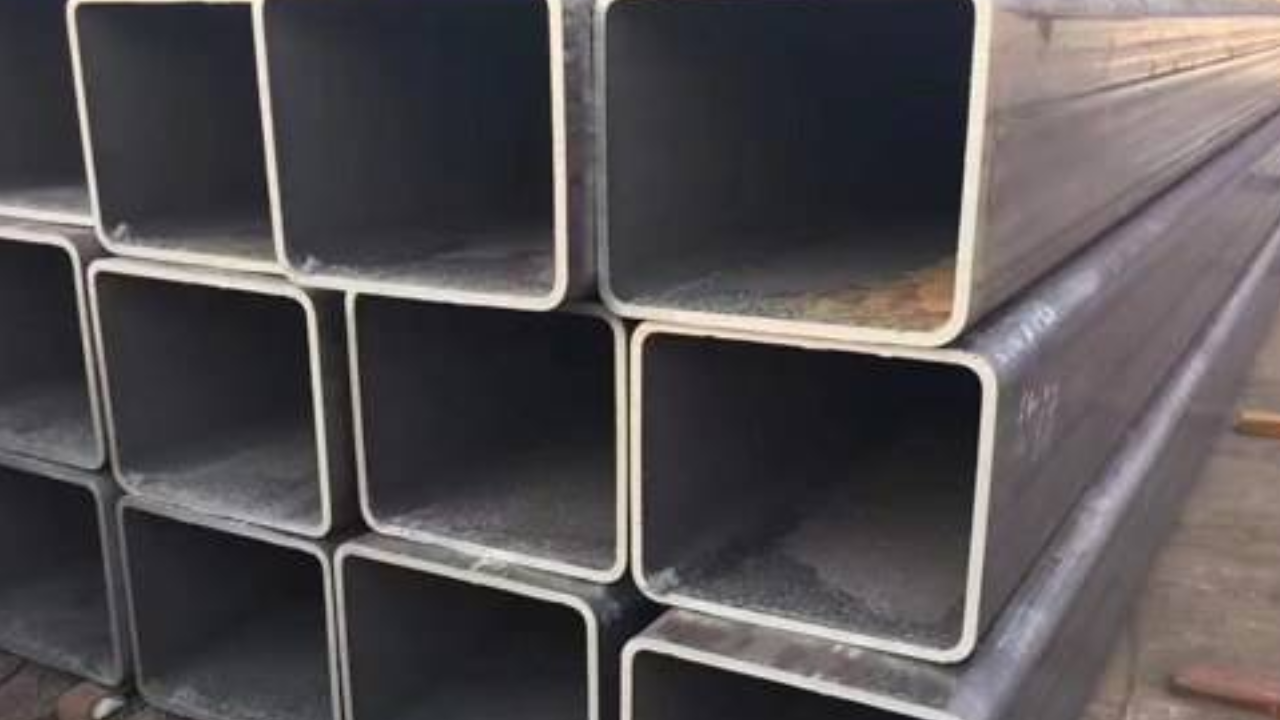The A500 grade is a specification within the ASTM general that defines the yield energy for structural metal pipes. This grade of steel is normally used in construction and structural packages due to its excessive strength and sturdiness. The yield strength of A500 steel is an essential property that suggests the maximum strain that the material can resist without completely deforming. The yield strength of A500 steel is important for numerous reasons.
it ensures that the material can guide the structural loads and stresses encountered in various programs, which include bridges, homes, and different infrastructure initiatives. A high a500 yield strength complements the steel’s resistance to bending, stretching, and other varieties of deformation, which is crucial for maintaining structural integrity and protection. Additionally, expertise the yield power allow engineers and designers to design extra efficient and value-effective systems.
How Is A500 Steel Tested For Yield Strength?
A500 steel is tested for yield energy using a tensile test. A sample of the metal is subjected to growing tensile stress until it deforms plastically. The pressure at which permanent deformation starts is recorded as the yield strength. This test is carried out under ASTM standards, ensuring accurate dimensions and consistent consequences for structural packages. The procedure involves unique instrumentation and specimen education.
Elements That Frequently Affect ASTM A500 Steel’s Yield Strength
See the details below:
Chemical Composition
The chemical composition of ASTM A500 metallic plays an essential role in figuring out its yield energy. Key factors embody carbon, which increases strength but can also reduce ductility; manganese, which enhances electricity and durability; and minimum quantities of phosphorus and sulfur, which could adversely affect properties. The proper balance of these factors is critical, as it affects the steel’s overall mechanical performance and capacity to meet detailed yield power requirements.
Manufacturing Process
The manufacturing procedure substantially affects the yield strength of ASTM A500 steel. Cold forming, which shapes the metal at room temperature, will increase energy through stress hardening. Additionally, welding methods have to be carefully controlled to make certain welds keep power corresponding to the bottom material. Any deviations or poor practices at some point in welding can lead to decreased yield strength. Right control of those strategies is important to reaching the desired mechanical properties and structural overall performance of the steel.
Heat Treatment
Heat treatment can affect ASTM A500 steel’s yield strength by changing its microstructure and relieving residual stresses. Even though the usual doesn’t mandate particular warmness treatments, tactics like annealing or normalizing can refine the steel’s grain shape, enhancing its strength and longevity. Heat treatment helps reap preferred mechanical properties by optimizing the steel’s overall performance and addressing stresses from manufacturing. Well-implemented warmness treatments make contributions to maintaining or improving yield strength for structural programs.
Cold Working
Cold operations will increase ASTM A500 steel’s yield strength through pressure hardening, which occurs when the steel is deformed at temperatures below its recrystallization factor. This method complements the metal’s energy by increasing dislocation density and altering its microstructure. However, high-cold running can lessen ductility and increase the chance of cracking. Balancing bloodless running to optimize yield strength while preserving ductility is essential for making sure the steel is suitable for structural packages.
Metal Grade and Specification
The metal grade and specification extensively influence the yield strength of ASTM A500 steel. The standard defines exclusive grades, each with specific yield strength necessities: Grade A (33 ksi), Grade B (46 ksi), and Grade C (50 ksi). Better grades offer extra energy because of stricter chemical composition and production controls. Choosing the precise grade primarily based on utility needs ensures the metal meets energy necessities while supplying the necessary overall performance for structural programs.
Alloying Elements
Alloying factors can adjust the yield strength of ASTM A500 metal by enhancing specific properties. Factors consisting of chromium improve hardness and corrosion resistance, while molybdenum will increase strength at high temperatures and complement durability. Those alloying elements can tailor the steel’s mechanical properties to satisfy unique necessities. However, their inclusion needs to be balanced to avoid negatively impacting other traits, along with ductility, ensuring the steel achieves the desired yield strength and usual performance for its supposed use.
Environmental Factors
Environmental elements, which include temperature and corrosion, can affect the yield strength of ASTM A500 metallic. Excessive temperatures may additionally make the steel more brittle, decreasing its yield power, while exposure to corrosive environments can weaken the fabric, leading to decreased energy. Proper defensive measures, consisting of coatings and environmental controls, are critical to maintaining the metal’s strength and performance over time, and ensuring its sturdiness and structural integrity in various conditions.
Conclusion
The yield strength of ASTM A500 steel is influenced by a selection of factors, inclusive of chemical composition, manufacturing method, heat treatment, cold working, steel grade, alloying elements, and environmental conditions. The information these elements enable makes sure that ASTM A500 steel performs correctly in structural applications. By carefully managing these variables, producers and engineers can attain the preferred yield strength and ensure the reliability and protection of their structures.

